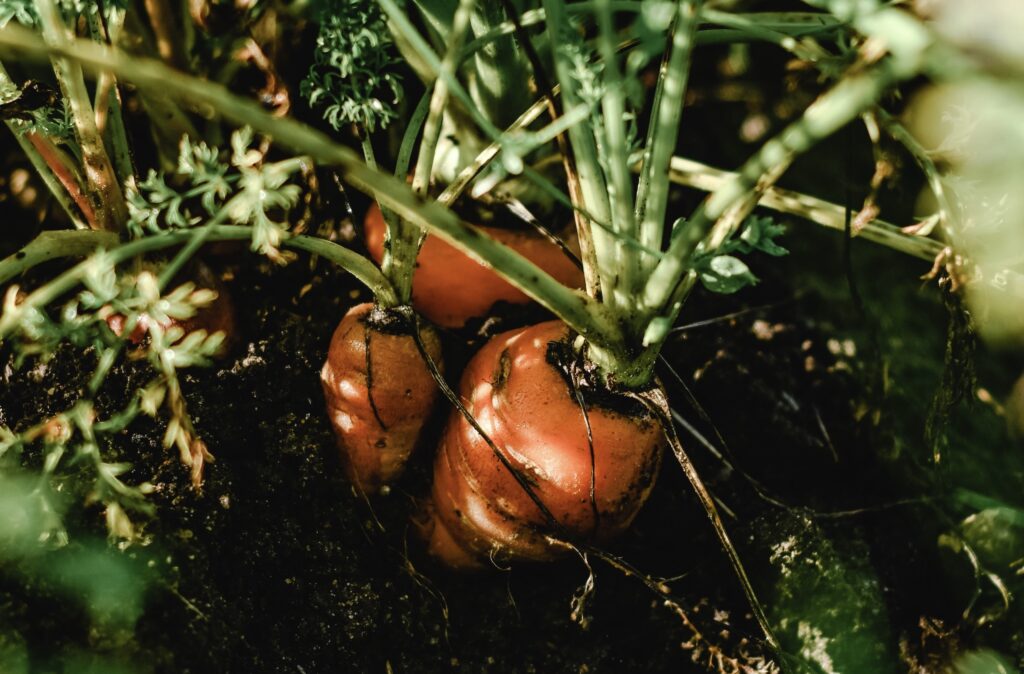Raised Garden Bed Tips
Jump Starting a Healthy Harvest: 8 Tips to Preparing the Soil in Your Raised Garden Bed
Growing your own vegetables and herbs is a great way to enjoy fresh produce all season long in the garden. Raised garden beds make it easy, as they provide the perfect environment for plants to thrive in. However, if you want your plants to reach their full potential, you’ll need to prepare the soil in your raised garden bed correctly. To help you get started, here are eight tips on how best to prepare the soil for your happy garden:
1 – Mix Existing Soil with Compost or Organic Matter
Before planting anything in your raised bed, thoroughly mix up the existing soil with compost or other organic matter like leaves and grass clippings. This will introduce beneficial bacteria and nutrients into the soil which will nourish your plants as they grow. It also helps increase water retention so that less watering is necessary throughout summer months when rainfall may be scarce. It will also help to provide your plants with a steady supply of food, giving them a better chance at healthy growth and strong roots.
2 – Adding Manure or Fertilizer
Adding manure or fertilizer can also be beneficial in providing extra nutrition for your plants. Choose an organic fertilizer like fish emulsion or manure tea which is more gentle on delicate seedlings than chemical fertilizers might be. Apply according to package instructions prior to planting seeds or young transplants for best results. Just make sure that you’re not overdoing it with chemical fertilizer – too much of it can actually burn your plants!
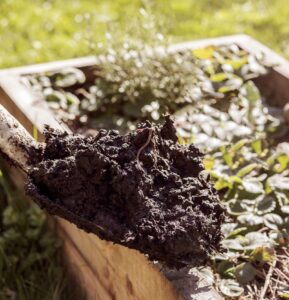
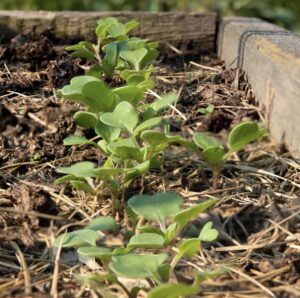
3 – Mulch Away
Mulching can do wonders for regulating temperature and minimizing moisture evaporation, ensuring a steady supply of both for your plants throughout the growing season. It is a great way to protect the soil in your raised bed from drying out and becoming hard. Use a coarse material like straw or pine needles, and spread it around the base of each plant after planting. This will also help keep weeds at bay, so you can rest assured that your plants are getting all the nutrients they need without any competition.
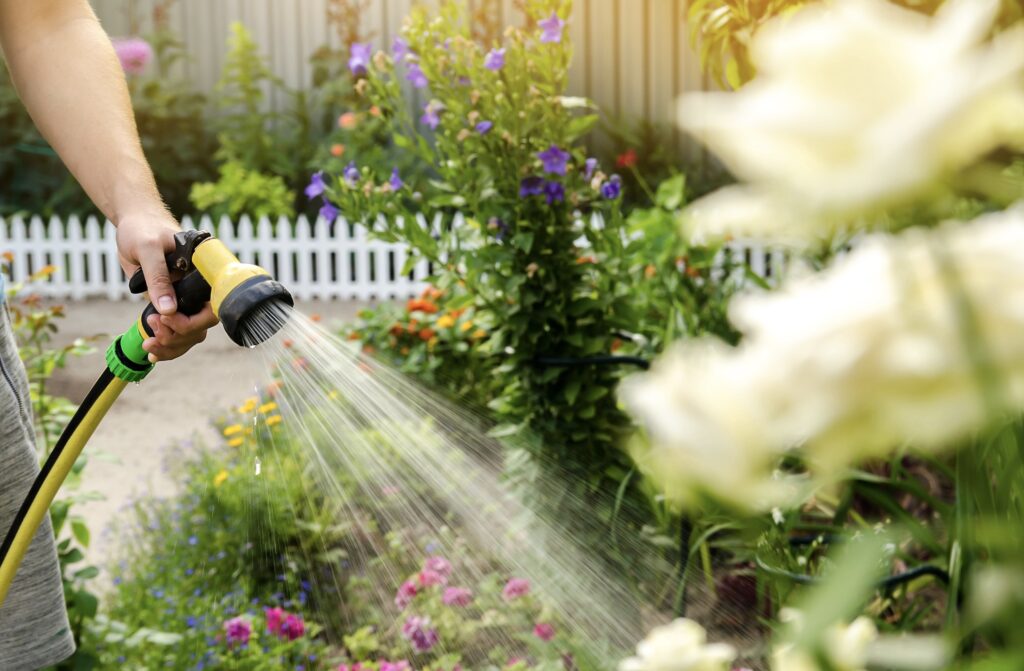
4 – Water Regularly and Evenly
Finally, make sure to water regularly throughout the growing season for optimal plant health. You want to keep the soil evenly moist but not soggy as too much watering can cause root rot and other issues. Make sure to check in on your garden bed every few days and adjust your watering schedule accordingly. It takes a little extra effort upfront, but it will be well worth it when your plants are flourishing!
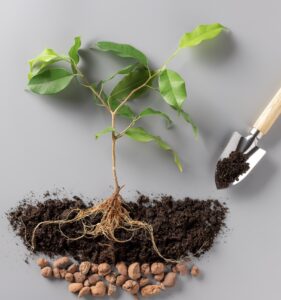
5 – Be Sure of Adequate Drainage
One of the most important things when prepping a raised bed is making sure that there is adequate drainage. If water doesn’t have anywhere to go then it will sit at the bottom of your bed and cause root rot or other diseases in your plants. To ensure proper drainage, add some gravel or small stones into the bottom of each hole before adding in any soil mix or compost. This will help keep water moving through rather than sitting stagnant at the base of each plant’s roots.
6 – Aerate Before Planting
Finally, don’t forget about aeration! Aerating the soil before planting is important for creating air pockets that will help with healthy root development and help plants absorb water and nutrients more easily from the soil. Adding a few inches of sand or other coarse material to the bed is a great way to aerate. If you plan on growing vegetables like carrots or onions, then aeration is even more important. Carrots and onions need lots of air in order to grow properly, so make sure you’re getting the right amount of aeration when prepping your raised garden bed!
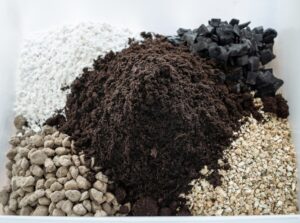
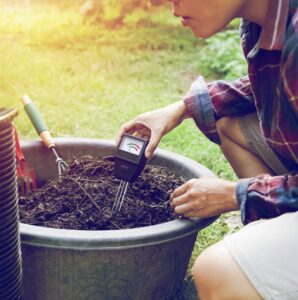
7 – Balance pH Levels
When it comes to growing lush, vibrant plants in your raised garden bed, balancing the pH levels of the soil is an essential part of having a successful harvest, so be sure to test and adjust accordingly using lime or sulfur. For many new gardeners, understanding what exactly “pH levels” means and how to balance them can be a daunting task. Don’t worry – with some research and practice you’ll soon find yourself becoming a master at keeping your soil’s pH perfect! Just think of it as creating the ultimate harmony for your plants. After all, they deserve nothing less than the best!
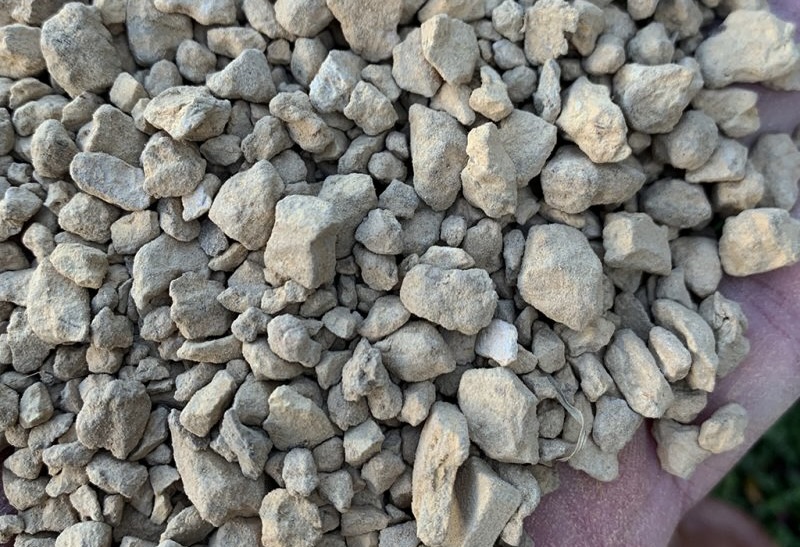
8 – Rock Phosphate
Rock phosphate is an essential source of phosphorous for plant growth, providing long term and slow-release feeding that helps crops reach their full potential. Not only is rock phosphate rich in phosphorus, it also contains a number of other beneficial minerals such as boron, zinc, nickel and iodine which are all vital for successful development. When appropriately added to the soil, rock phosphate helps plants achieve steady and vigorous growth and early maturity. This leads to larger fruits and vegetables come fall, as well as improved resistance against summer drought, disease infection and frost.
Rock phosphate is commonly overlooked by gardeners. Adding it to your beds is an easy, economical solution for providing your plants with the nutrients they need. A single bag of rock phosphate is enough to last for many years and it has a long shelf-life. To use, simply sprinkle some of the rock phosphate on your bed and mix it into the soil every year or two for optimal results. You should see an improvement in plant health and more robust growth within a few weeks. Rock phosphate is an excellent supplement for any garden, so give it a try!
In conclusion, if you want your garden to truly thrive and be a source of pride and joy, it’s important to look beyond its appearance and focus on the conditions beneath the surface. Taking time to analyze the soil structure, its drainage capabilities, and the organic matter present can make all the difference in how well your garden grows. By investing in these foundational components, you can help ensure your plants have all the nutrients they need to thrive and that your garden is less susceptible to problems like weed growth and plant pests or diseases. Not only will this effort result in a healthier, more productive garden, but it will also save you time and energy from weeding or dealing with other issues down the line. So don’t forget to look beneath the surface when planning and tending to your garden – it will pay off in the long run!
